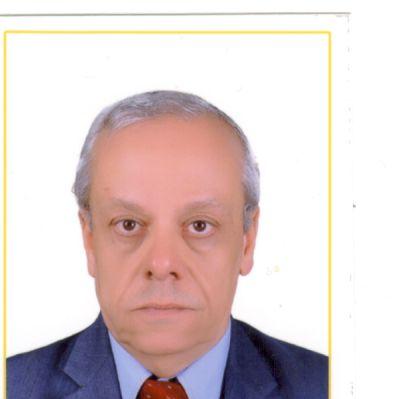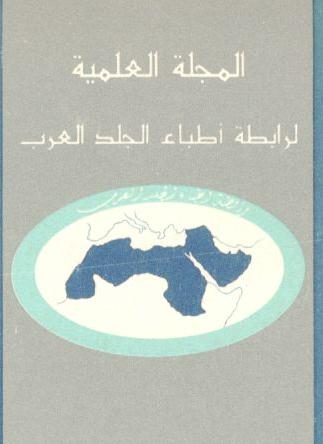Thirty-nine male patients, 19 to 49 years old with varicoceles, were referredfrom the infertility clinic of Dermatology & Venereology Department in Sohag University Hospital. All presented for primary infertility (at least 1 year duration). The diagnosis was confirmed by ultrasonography and Colour Flow Doppler. The patients underwent varicocelectomy. The operative treatment of varicocele has a definite place in the treatment of some subfertile men. Conventional techniques of varicocele operations are associated with substantial risk of hydrocele formation. Analysis of the protein concentrations of hydrocele fluid indicates that hydrocele formation after vari- cocelectomy is due to lymphatic obstruction. Visualization and identification of lymphatics accompanying testicular vessels to preserve them can eliminate the development of hydrocele after varicocelectomy. We described our experience with a new technique of varicocelectorny that significantly lowers the incidence of postoperative hydrocele. We visualized lymphatics using the traditional visual lymphangiogram to colour the lymphatics accompanying the testicular vessels. Dissection and ligation of the testicular veins away from the visualized lymphatics was done. Preservation of lymphatics prevents the occurrence of postoperative hydrocele. Our technique is easy to do, and minimally invasive. No complications were recorded after this technique. The improvement in semen parameters after varicocelectomy using this technique, either by high ligation or subinguinal approach, were very satisfactory and statistically highly significant
cant.


